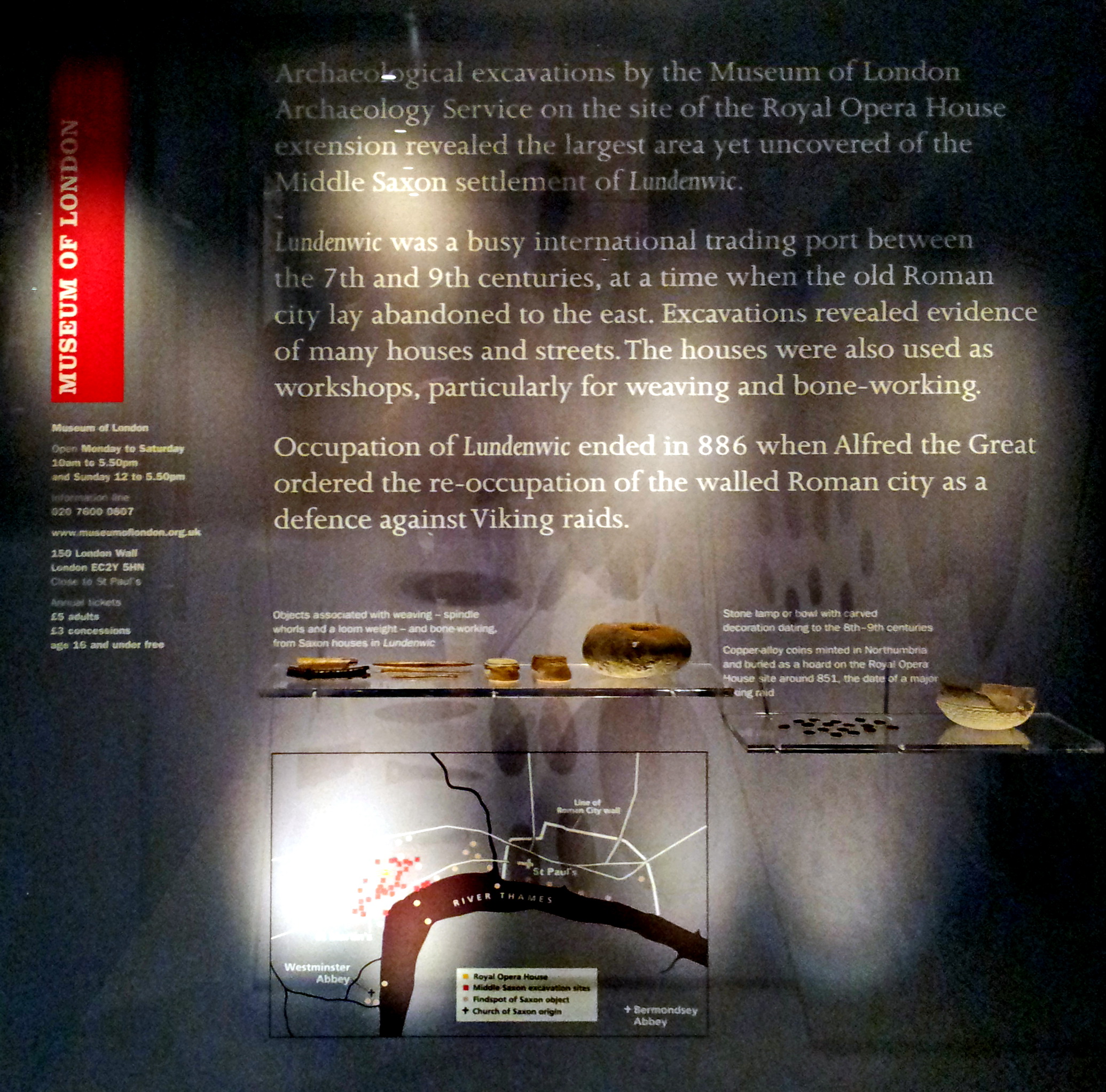|
Molass (other)
Molass may be: *the older name of Holy Island, Firth of Clyde, an island in Scotland *a rare American English term for molasses ** an old word for a type of liquor made from molasses See also * Molasse, a type of rock deposit * Molas (other) MOLA (Museum of London Archaeology) is an archaeology and built heritage practice and independent charitable company registered with the Chartered Institute for Archaeologists (CIfA), providing a wide range of professional archaeological service ... * Mollas (other) {{Disambiguation ... [...More Info...] [...Related Items...] OR: [Wikipedia] [Google] [Baidu] |
Holy Island, Firth Of Clyde
The Holy Island or Holy Isle ( gd, Eilean MoLaise) is an island in the Firth of Clyde, off the west coast of central Scotland, inside Lamlash Bay on the larger Isle of Arran. The island is around long and around wide. Its highest point is the hill Mullach Mòr. History The island has a long history as a sacred site, with a spring or holy well held to have healing properties, the hermit cave of 6th century monk St Molaise, and evidence of a 13th-century monastery. An old Gaelic name for the island was ''Eilean MoLaise'', Molaise's Island; this is the origin (via ''Elmolaise'' and ''Limolas'') of " Lamlash", the name of the village on Arran that faces Holy Island. Some runic writing is to be found on the roof of St Molaise's cave and a Viking fleet sheltered between Arran and Holy Isle before the Battle of Largs. In 1549, Dean Monro wrote of the "little ile callit the yle of Molass, quherin there was foundit by Johne, Lord of the iles, ane monastry of friars, which is decay ... [...More Info...] [...Related Items...] OR: [Wikipedia] [Google] [Baidu] |
Molasses
Molasses () is a viscous substance resulting from refining sugarcane or sugar beets into sugar. Molasses varies in the amount of sugar, method of extraction and age of the plant. Sugarcane molasses is primarily used to sweeten and flavour foods. Molasses is a major constituent of fine commercial brown sugar. It is also one of the primary ingredients used to distill rum. Sweet sorghum syrup is colloquially called ''sorghum molasses'' in the southern United States. Molasses has a stronger flavour than most alternative syrups. Name The word molasses comes from ''melaço'' in Portuguese, a derivative (intensifier) of ''mel'' (honey) with Latinate roots. Cognates include Ancient Greek μέλι (''méli'') (honey), Latin ''mel'', Spanish ''melaza'' (molasses), Romanian ''miere'' or ''melasă'', and French ''miel'' (honey). Cane molasses Cane molasses is an ingredient used in baking and cooking. It was popular in the Americas before the twentieth century, when it was plentif ... [...More Info...] [...Related Items...] OR: [Wikipedia] [Google] [Baidu] |
Molasse
__NOTOC__ The term "molasse" () refers to sandstones, shales and conglomerates that form as terrestrial or shallow marine deposits in front of rising mountain chains. The molasse deposits accumulate in a foreland basin, especially on top of flysch-like deposits, for example, those that left from the rising Alps, or erosion in the Himalaya. These deposits are typically the non-marine alluvial and fluvial sediments of lowlands, as compared to deep-water flysch sediments. Sedimentation stops when the orogeny stops, or when the mountains have eroded flat. Stanley, Steven M., ''Earth System History'', New York: W.H. Freeman and Company, 1999, p.243 The molasse can sometimes completely fill a foreland basin, creating a nearly flat depositional surface, that nonetheless remains a structural syncline. Molasse can be very thick near the mountain front, but usually thins out towards the interior of a craton; such massive, convex Convex or convexity may refer to: Science and technolog ... [...More Info...] [...Related Items...] OR: [Wikipedia] [Google] [Baidu] |
Molas (other)
MOLA (Museum of London Archaeology) is an archaeology and built heritage practice and independent charitable company registered with the Chartered Institute for Archaeologists (CIfA), providing a wide range of professional archaeological services to clients in London and across the country. It is one of the largest archaeological service providers in the UK, and is the only one with IRO (Independent Research Organisation) status. MOLA’s operations were historically focused within Greater London but are increasingly nationwide. It employs over 300 staff across 4 locations: the central London headquarters, and further offices in Northampton, Basingstoke, and Birmingham. MOLA is a registered charity (since 2011) with its own academic research strategy and extensive community engagement and education programmes including the Thames Discovery Programme, CITiZAN and the Time Truck. Commercial services offered include expertise and advice at all stages of development from pre-plann ... [...More Info...] [...Related Items...] OR: [Wikipedia] [Google] [Baidu] |
